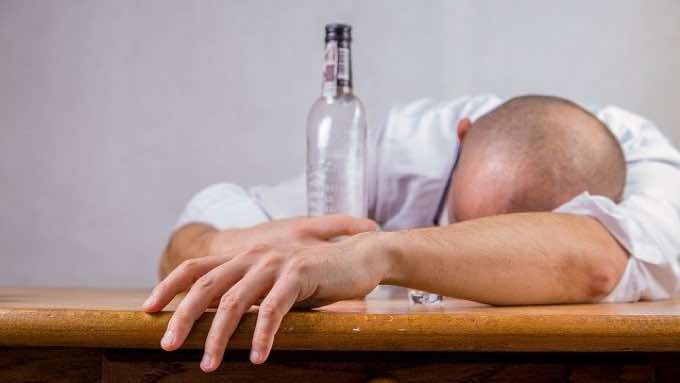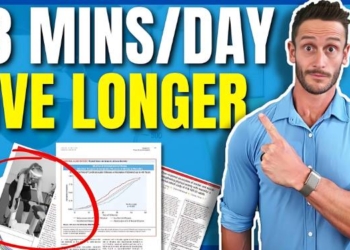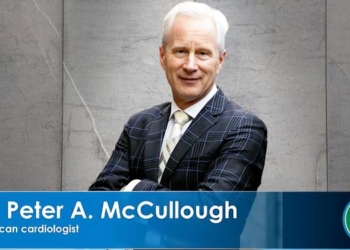Alcohol addiction is a severe problem that can lead to life-altering health issues and ailments. Therefore, individuals are taking the right step by deciding to stop such habits. However, what makes such traits so destructive is that they are hard to break. The onset of withdrawal symptoms makes it challenging and daunting to safely detox from drugs or alcohol. Hence, addicts need to consider several factors and take professional help when they attempt to stop drinking. This article will explore how alcohol detox works and how individuals should plan the perfect detox.

What Happens When We Detox from Alcohol?
Excessive consumption of alcohol depresses our body’s central nervous system. Even when consuming alcohol in moderate amounts, it is this that leads to a feeling of euphoria. Under normal conditions, this prompts our brain to generate more receptors. However, when someone stops drinking altogether, our body suddenly faces a shortage of neural stimulants.
Effectively, we are withdrawing alcohol from both our original and additional receptors. As a result, our body might experience several withdrawal symptoms. The efficacy and extent of these symptoms depend on various factors we will discuss later. The most common alcohol withdrawal symptoms that individuals will face are as follows:
- Anxiety and paranoia
- Nausea and increased irritability
- Rapid or increased heart rate
- Sweating
- Tremors and seizures
- Hallucinations
- High body temperature

Factors Affecting Our Alcohol Detox
As per a study done by the New England Medical Journal in 2015, over 50% of people who suffer from alcohol abuse experience several withdrawal symptoms. Additionally, roughly 3% to 5% suffer from severe withdrawal symptoms making detox difficult. Several factors can impact the extent and intensity of alcohol withdrawal-related symptoms. Hence, individuals should seek professional help when attempting or planning a detox. Medical professionals will factor in these considerations and provide a strategy for an efficient detox. Some of the most common factors that have an impact on alcohol detox are as follows:
Factors that indicate a risk for hallucinations
- Abnormal liver function
- History of seizures
- Low platelet counts
- Low potassium and sodium levels
- Older age
- Preexisting dehydration
- Brain lesions
- Drug abuse
Visiting a medical facility to withdraw from alcohol can benefit individuals who suffer from any risks mentioned above. Such facilities have doctors on their premises around-the-clock and have the equipment to deal with such complications. In some instances, doctors administer sedatives to help alleviate the discomfort and pain associated with withdrawal. However, such a method will not be suitable for individuals who have underlying heart and liver issues.
Timeline of Detox from Alcohol
As per a 2013 study published in the Industrial Psychiatry Journal, the general timeline of alcohol detox are as follows:
- Six hours: The onset of minor withdrawal symptoms will occur around six hours after the last drink. Individuals who suffer from severe alcoholism might develop seizures in this period.
- Between twelve and twenty-four hours: Some individuals may start to experience hallucinations or hear or see nonexistent things at this point. While this experience might be traumatic for the individual and their loved ones, it does not pose a life-threatening complication.
- Between twenty-four and forty-eight hours: Most minor withdrawal symptoms will continue within this interval. In most instances, these include tremors, headaches, nausea, and an upset stomach or stomach ache. For people suffering from mild alcoholism, their symptoms will peak within this window and decrease in around four days.
- Between forty-eight and seventy-two hours: Delirium tremens can kick in roughly two days after quitting for people suffering from severe alcoholism. Alcohol withdrawal delirium usually includes seizures, high body temperature, and high heart rates.
- After seventy-two hours: During this period, most people will experience the peak of their alcohol withdrawal symptoms. Moderate alcoholics may experience withdrawal symptoms for up to a month, with a rapid heart rate being a common issue.
Hence, the three stages of alcohol withdrawal symptoms are as follows:
- Stage 1: Includes symptoms, such as nausea, abdominal pain, anxiety, and insomnia, which start eight hours after the last drink.
- Stage 2: The onset of high blood pressure and body temperature, raised heart rate, and confusion, which develops a day or two after quitting.
- Stage 3: Includes symptoms like seizures, hallucinations, and fever, which start four days after the detox.
In most instances, a significant reduction in these symptoms will take around a week or more.
Treatment after Alcohol Detox
Seeking professional help can help individuals safely detox from drugs or alcohol as they understand underlying conditions that worsen several issues. When it comes to recommending treatments, doctors make use of the Clinical Institute for Withdrawal Assessment scale. A higher number on this scale means that the individual will experience severe symptoms and requires more care. Treatment methods include everything from medication to group therapy depending on the patient’s needs. Here’s a quick look at some of the most commonly used medicines to treat alcohol addiction.
- Benzodiazepines like Xanax, Valium, and Ativan: Helps reduce the chances of a seizure developing during withdrawal.
- Neuroleptic medicines: Helps in suppressing our nervous system activity, leading to reduced agitation.
- Nutritional and dietary support: Helps treat nutrient deficiencies caused by alcohol abuse. Doctors usually administer magnesium, folic acid, and thiamine to reduce various withdrawal symptoms.
- Beta-blockers like Propranolol: Helps in treating symptoms such as high blood pressure.
- Other medications: Helps reduce alcohol cravings and maintains complete abstinence from alcohol. For example – Antabuse, ReVia, and Topamax.

How to Get Help
If you ever feel that drinking is turning you into someone you are not, several organizations can assist in several ways. The Substance Abuse and Mental Health Services Administration, better known as SAMHSA, is a great place to start. Additionally, the National Institute on Alcohol Abuse and Alcoholism offers tools to help choose the required treatment. Some of the other associations that can provide around-the-clock support and resources are as follows:
- Alcoholics Anonymous
- National Council on Alcoholism and Drug Dependence
- National Institute on Alcohol Abuse and Alcoholism, or the NIAAA
All such organizations provide online resources and have various programs to help individuals struggling with alcohol abuse. A primary caregiver can reach out to any of these organizations to learn more about treatment methodologies. As per an NIAAA study, 33% of individuals who receive help stay sober even a year later. Additionally, over 65% admitted treatment helped them reduce their consumption and health problems related to alcoholism. Hence, alcoholism does not have to define you, and seeking help can help you lead a healthier life.
Closing Thoughts
The first step towards kicking such a bad habit is identifying and acknowledging that you have a problem. Once you have done that, approaching a family member or friend you trust can help make the process easier for you. The most important thing to remember is that help is everywhere around you. If you want to learn more about drug and alcohol addiction treatment, follow this space for updates!
Disclaimer: Content from the ConsciousLifeNews.com website and blog is not intended to be used for medical advice, diagnosis or treatment. The information provided on this website is intended for general consumer understanding and is NOT intended to be a substitute for professional medical advice. As health and nutrition research continuously evolves, we do not guarantee the accuracy, completeness, or timeliness of any information presented on this website.














